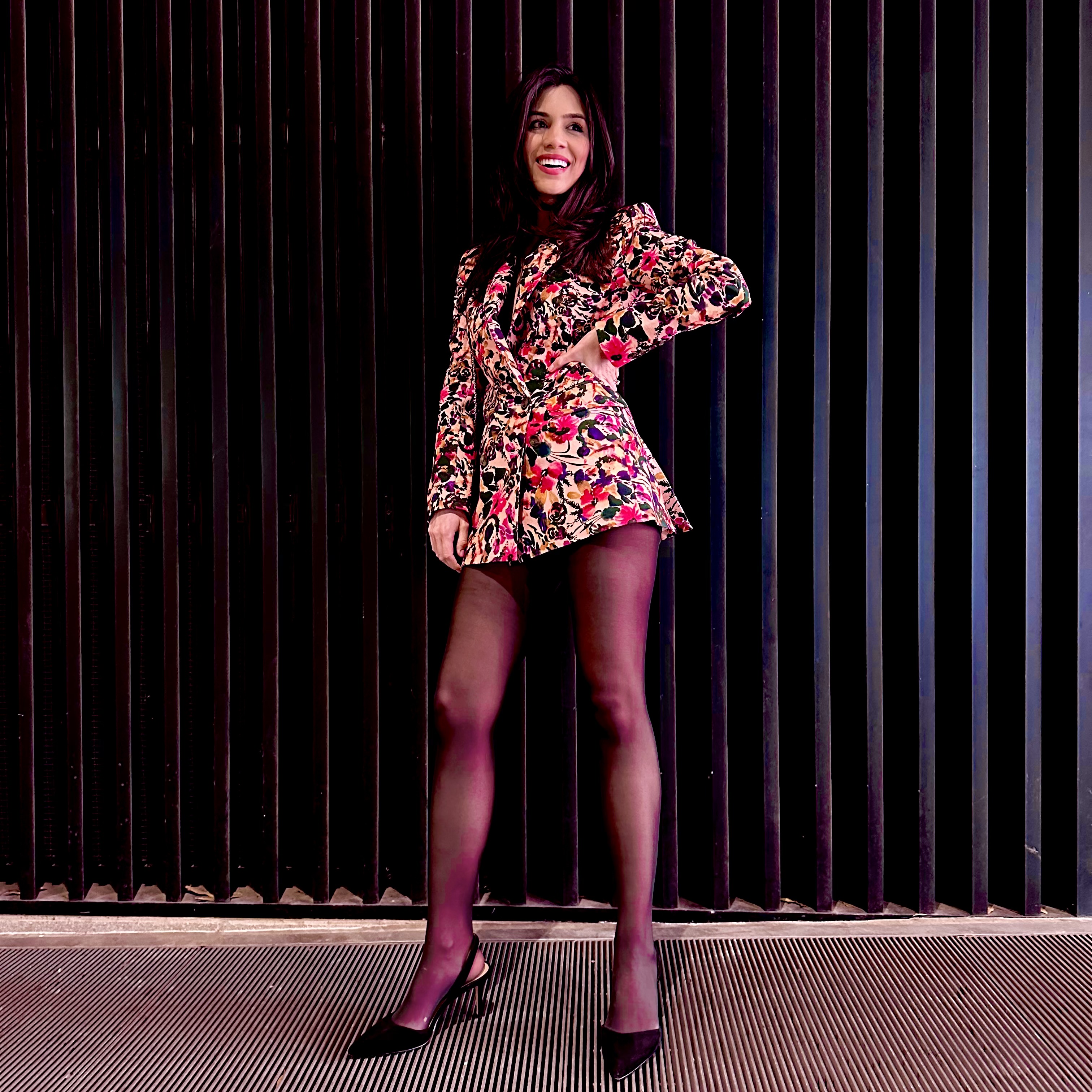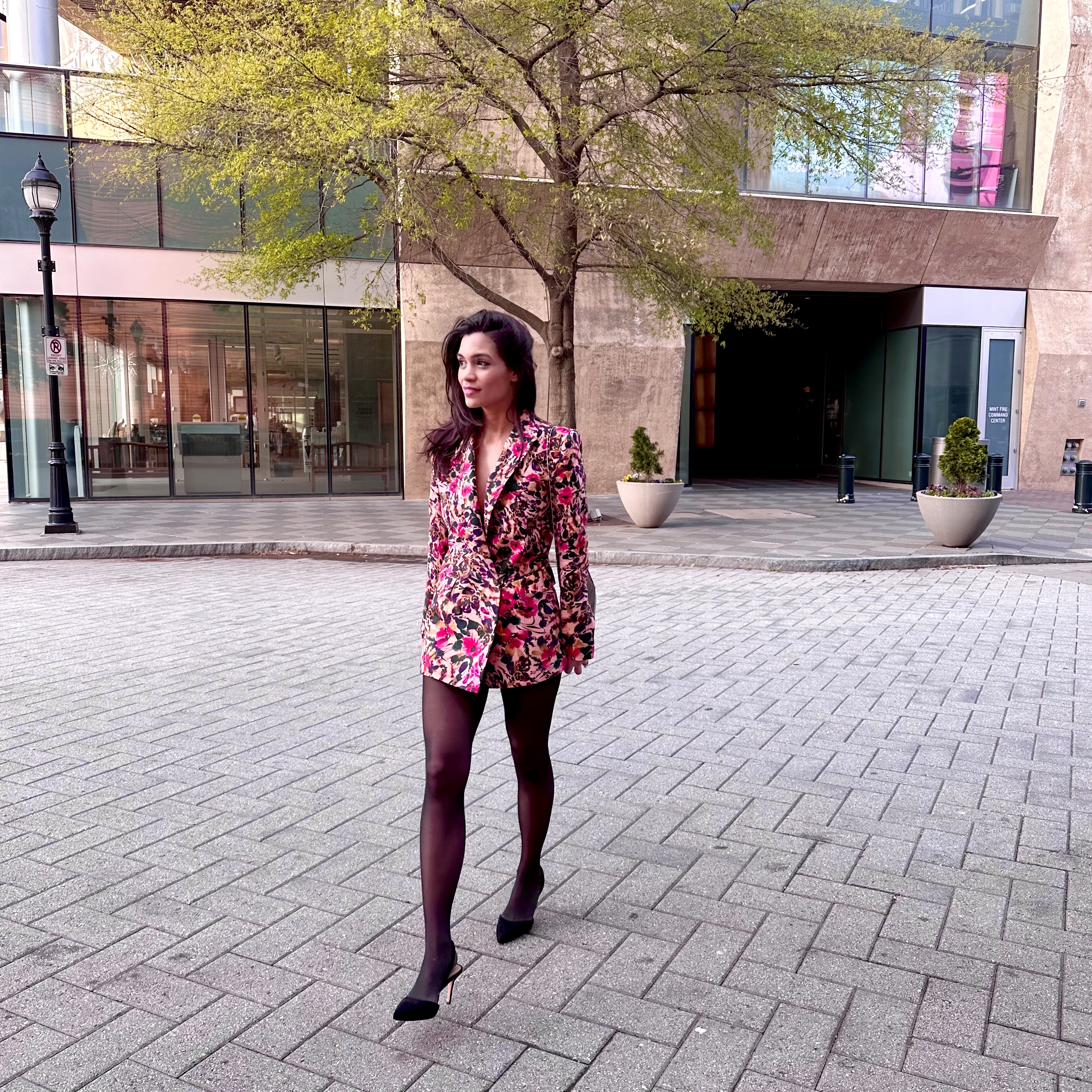The history of women’s hosiery and tight wearing is a long and varied one that has undergone many changes over the years. Personally, tights and hosiery are my favorite fall and winter fashion accessory. I will typically rock them until late April. Is that too late in the year? Perhaps? My legs aren’t exactly summer ready until May so I milk the tights as long as I can.

See below for a brief overview of some of the key trends and developments in women’s hosiery:
1800s:
During the early 1800s, women’s stockings were typically made of silk or wool and worn primarily for warmth. They were often held up with garters or ribbons tied around the top of the leg. As the century progressed, however, hosiery became more decorative and fashionable, with patterns, colors, and even embroidery becoming popular.
1900s:
In the early 1900s, women’s hosiery became more practical, with cotton and rayon replacing silk and wool as the most common materials. Stockings were still worn with garters, but some women began wearing elastic bands around their thighs to hold them up. During the 1920s, hemlines rose dramatically, leading to the popularity of shorter stockings and eventually the invention of the first pantyhose in the 1950s.
1960s-1970s:
The 1960s and 1970s saw a shift towards more colorful and patterned tights, often worn with mini-skirts or shorts. The popularity of nylon and other synthetic fibers made hosiery more affordable and widely available. At the same time, some women began rejecting hosiery altogether, embracing the natural look and wearing bare legs instead.
1980s-1990s:
In the 1980s and 1990s, hosiery became a key accessory in women’s fashion, with brightly colored and patterned tights, fishnets, and sheer stockings all popular. The popularity of aerobics and fitness also led to the rise of leg warmers and other leg wear as fashion statements.
Women’s Hosiery in the 2000s:
In the 2000s, hosiery continued to be an important part of women’s fashion, with a focus on high-quality, luxury materials like silk and cashmere. Leggings also became a popular alternative to traditional hosiery, worn both for fitness and fashion purposes. At the same time, many women continued to embrace the bare-legged look, with some fashion experts declaring that hosiery was no longer necessary or even desirable.

Overall, the history of women’s hosiery and tights reflects changing attitudes towards fashion, beauty, and femininity over time. While styles and materials have evolved, the desire for comfort, style, and self-expression remains a constant theme.
Essentially, I believe hosiery or tights expand a wardrobe which is one of the reason’s I’m a big fan. I prefer the opaque to semi-opaque tights from Sheertex or if you’re on a budget, the no control top tights from CVS do just fine as well.
For now, keep that in the back of your mind for the fall season. Summer, here we come.
~Alexandria